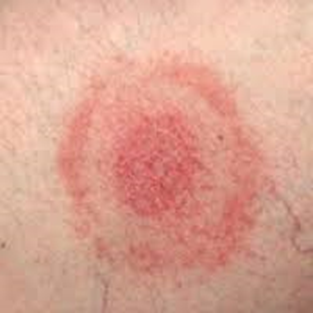
They are all on Dr Rex Riggs' mind as he ponders what's going on in his veterinary world this summer.
Name Brand medications vs. Generics-Sometimes there is a difference…
To be certified a "generic" by the Food and Drug Administration, a drug has to have the same "active ingredient" as its brand name equivalent. The generic has to have an efficiency rate plus or minus 20% of the effectiveness of the name brand. This is very important point. If you get one batch of generics that is 20% below the name brand’s effectiveness and you refill it with a batch that is 20% more effective than the brand name, that is a 40% difference. For antibiotics, the variance does not make a big difference. For NSAIDS (like Rimadyl and Metacam), thyroid medications (Soloxine), antidepressants, or any other drug that has a narrow therapeutic or safety range, it can make a huge difference. In addition, generics are not required to use the same binders as the name brand. It is the binders that are responsible for how the body absorbs the active ingredient; therefore, generics might be absorbed differently in the body (gel caps compared to pills, for instance), which affects efficacy. For these reasons, we do not like using generics in place of Rimadyl, Metacam or Soloxine at our hospital. Something to ask about at your next vet visit if you are seeing varying results in your pet's response to these generic medications.
Ticks, Ticks….they are everywhere!
How did they live through this winter? Who knows but they did. We are seeing more ticks this year than ever. I was in Montana in April fly fishing. Montana, like most parts of the nation, had the worst winter in memory. It was 20 below for 3 weeks and the ticks survived very nicely. In fact, they are now are everywhere. It's definitely time to be diligent against tick-borne diseases. For our animals it is easy to prevent ticks with products like Frontline and a new oral treat like medication like Nexgard. They are very efficient. We are now recommending them year round on our patients. I wish it was that easy for us human beings. The Lyme disease tick is now in Ohio, where I live. You cannot see this tick; it's called “the moving freckle” because of its minuscule size. If you take a dime and look at the word “Dime”, the Lyme disease tick is ½ the size of the “D”. In people, the most common sign of a bite from a Lyme disease tick is a red target lesion on your skin. If you see this this, go get antibiotics. It is easy to treat it at this point, but if you wait it is much harder to treat.
The mosquitoes are going to be bad this year….
White-Nose Syndrome has killed over 6 million bats since 2006. The cause is a fungus called Pseudogymnoascus destructans, which kills nearly 100 percent of the bats it infects. The fungus grows on the noses, wings and ears of bats during winter hibernation, giving them a white, fuzzy appearance. It invades the deep skin tissues and causes extensive damage. Bats have such a bad Hollywood image, but they are great creatures and an important part of our ecosystem in their ability to eat bugs, especially mosquitoes. A single bat eats up to 1000 mosquitoes in a single hour and it is not uncommon for some of the bats to live 40 years. So let’s think about that. One thousand mosquitoes per hour times 8 hours a day, times, say, 5 months a year times 40 years. That would be 48 million mosquitoes that one bat would eat in a lifetime! That is a lot of bad bugs. So what does that mean to us? Beside all the hassle of dealing with mosquitoes while sitting outside at dusk, it means a lot more disease transmission for both humans and animal. Mosquito-borne diseases have killed more people through history than any other disease. In fact the mosquito-transmitted diseases outnumber all the other fatal diseases combined. For all the dog and cat owners, the biggest threat is heartworm disease. So keep them on those heartworm meds. The alternative is not pretty.
Dr. Rex Riggs grew up in Wadsworth, Ohio, near Akron. Dr Riggs is co-owner of Best Friends Veterinary Hospital in Powell, Ohio. He is also on the board of the North Central Region of Canine Companions of Independence, a board member of The Ohio State College of Veterinary Medicine Alumni Society and Small Animal Practitioner Advancement Board at The Ohio State College of Veterinary Medicine.
Dr. Riggs lives in Lewis Center, OH with his wife Nancy, their dogs Maggie and Ossa, and cat Franklin. Outside of work, Dr. Riggs is an avid golfer and cyclist, and enjoys travel and photography.